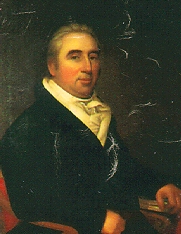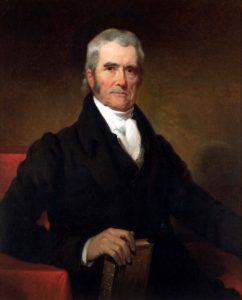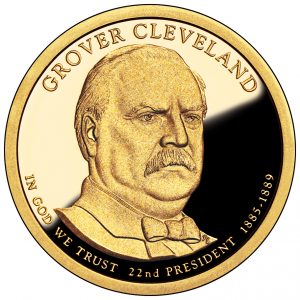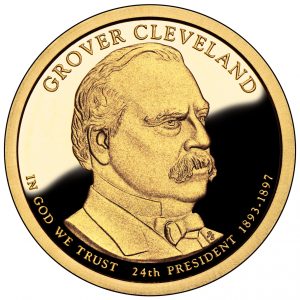A few weeks ago while watching Jeopardy!, I noticed they had a category “On Big Money.” The premise was to name the person whose portrait is on high denomination currency—notes with a face value of $500 and greater.
I wrote down the questions and decided to create my own version of Jeopardy! How many can you answer, or ask correctly? Remember, in Jeopardy! you have to answer in the form of a question.
It’s Saturday… let’s have a little fun!
Click on the image to see the question.
How well did you do?
For those unsure of the questions that coincide with the answers, click on the value of the question in the tab to see the explanation.
The $200 Answer

William Marbury
The $400 Answer

Chief Justice John Marshall
The $600 Answer

2013 William McKinley Dollar
Later that day, Theodore Roosevelt was sworn in as the 26th President at the Ansley Wilcox House in Buffalo. This made Roosevelt the youngest person (42 years, 322 days) to be inaugurated as President.
The $800 Answer

2012 Grover Cleveland First Term Dollar

2012 Grover Cleveland Second Term Dollar
The $1000 Answer

Salmon P. Chase, 6th Chief Justice of the Supreme Court
What do you think? Is this something you would like to see more of? Let me know!
- Coin images courtesy of the U.S. Mint.
- All other images courtesy of Wikimedia Commons.


I got them all correct, Scott. I collect US currency. Put in your blog whatever you like.